I remember the first time I encountered a box of Panatomic-X and seeing the film seep of ASA-32, my mind was blown. I had never seen a film slower than ASA-50 (Pan F+). And then I sent it off to the lab to develop it and was even more amazed at the results. Panatomic-X is a fine-grained general purpose film and it seems the slowest of the X-Series of films (Plus-X, Tri-X, Double-X). And what a film Panatomic-X is, while some are hung up on Plus-X, which is itself an amazing film, I’m more a slow film junkie and enjoy Panatomic-X far more than Plus-X. Plus, it has an awesome name, I mean Atomic, you can’t get any better than this!

Film Specs
Type: Panchromatic B&W
Film Base: Acetate
Film Speed: ASA-32
Formats Available: 35mm, 120, Sheet
Year Discontinued: 1987
Roll 01 – Kodak D-76
Nothing like a classic film in a classic developer. And while I wanted to do the initial roll review in D-23 rather than D-76, I needed to make sure the timing on the D-76 was correct off an original box chart before I calculated. First off, Panatomic-X is already sharp and fine-grained so there’s really nothing you can do to the film to make it appear grainy. And that certainly comes across with D-76, everything is near perfect, the contrast is low, but you get an amazing tonality across the range. You even get your whites and blacks still present. Zero grain in any of the images, certainly a great choice for this film.
Technical Details:
Mamiya m645 – Mamiya-Sekor C 45mm 1:2.8 N – Kodak Panatomic-X @ ASA-32
Kodak D-76 (Stock) 5:00 @ 20C
Roll 02 – Rodinal
What better way to test out a slow, fine-grained film than with a sharp developer. Now, on the original sheets that I have for Panatomic-X one thing, it doesn’t give me is a time and dilution for Rodinal, it’s only for Kodak developers. This fact doesn’t surprise me, but when it comes to the Internet you do have to take what you find with a grain of salt. But when using Flickr I can always see how a film and developer combination works and you know, it works out rather well! Despite the slow speed, you do still have a grain pattern, but that could be due to age, but you have a sharp image, a low contrast, but amazing tones across the spectrum and yet you still get clean whites and deep blacks.
Technical Details:
Nikon FA – AI-S Nikkor 50mm 1:1.4 – Kodak Panatomic-X @ ASA-32
Blazinal (1+50) 10:00 @ 20C
Roll 03 – Kodak Xtol
The very first developer combination I found for Panatomic-X was Xtol, now I used to use Xtol a lot but since moving into a smaller space I don’t have room to keep a 5L Jerry Can of Xtol sitting about. But honestly this is my personal favourite for this film, despite it being a classic film, this modern developer works well by showing off the fine grain of the film even more yet maintaining a sharp image. Not to mention you have that wide rich tones, and a little bit more contrast than with Rodinal even!
Techincal Details:
Nikon F4 – AF Nikkor 35mm 1:2D – Kodak Panatomic-X @ ASA-32
Kodak Xtol (1+1) 7:30 @ 20C
Roll 04 – Kodak HC-110
Like many other films from Kodak, the original datasheets called for a 4.5-minute development in HC-110 Dilution B, now I generally avoid times less than five minutes these days. Rather I turned to an unofficial dilution (Dilution H or 1+63) and doubled the development times. And the results speak for themselves, beautiful tones, the contrast you’re used to with Panatomic-X, and fine grain while maintaining a level of sharpness. I honestly was blown away by the quality of these images certainly a worthy options. I may just try this on my (current) last roll of Panatomic-X in Medium Format.
Technical Details:
Minolta XE-7 – Minolta Rokkor-X 45mm 1:2 – Kodak Panatomic-X @ ASA-32
Kodak HC-110 Dil. H 9:00 @ 20C
Final Thoughts
There’s always that game of Russian Roulette when working with expired film stocks, and while it’s impossible to get fresh, even short dated Panatomic-X films these days, what you can find will still work! Most of the stocks I’ve worked with have expired between the late 1970s through to the early 1990s and even without pulling the film due to age I get consistent results. This is due to the slow speed of the film, thus making it far more stable than anything above ASA-200 or up. Of course, I also make sure I purchase the expired film off reputable sellers, such as Abraham Vinegar or the Film Photography Project, or trading with trusted friends. But if you find well stored Panatomic-X, it’s worth the coin to purchase the film. I have yet to find a box of the stuff in 4×5 but if I ever do find it, I’ll be a rather happy photographer!



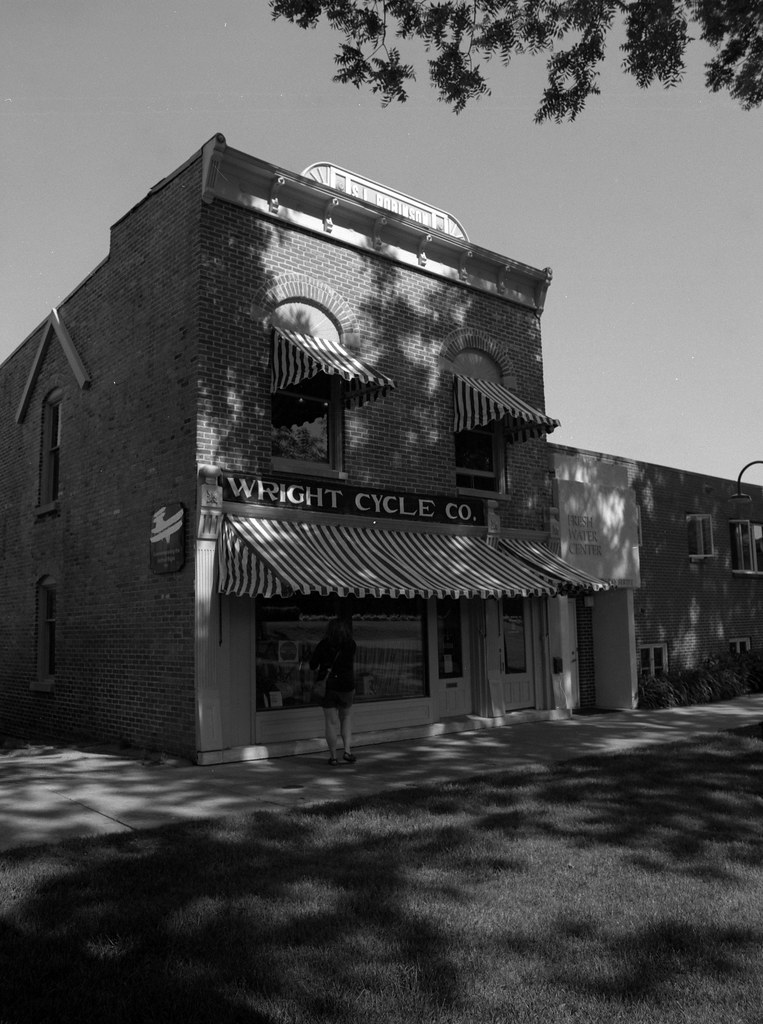
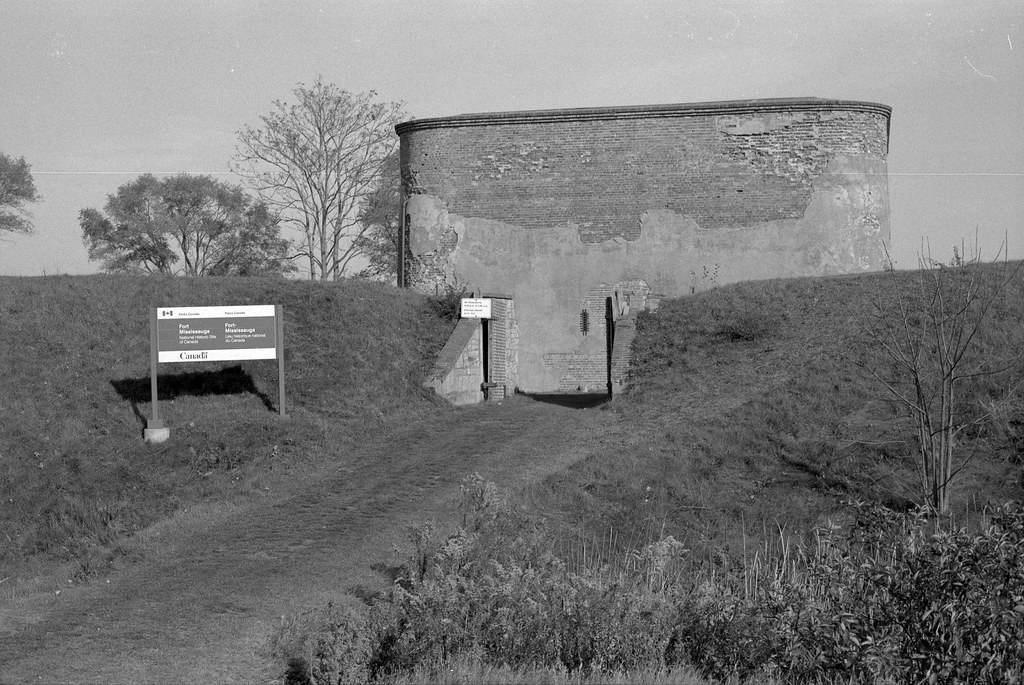



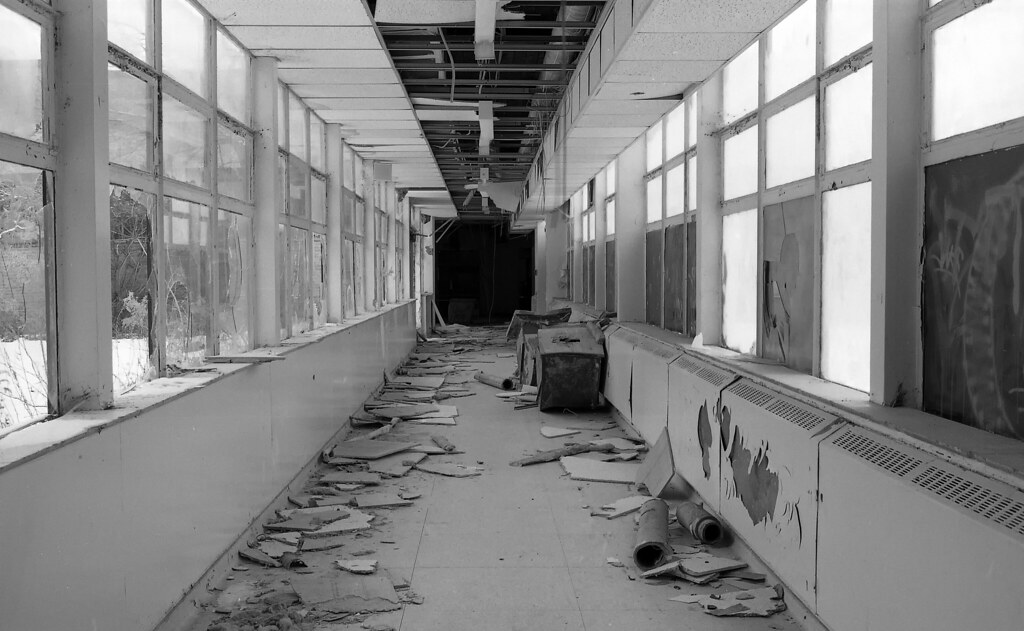


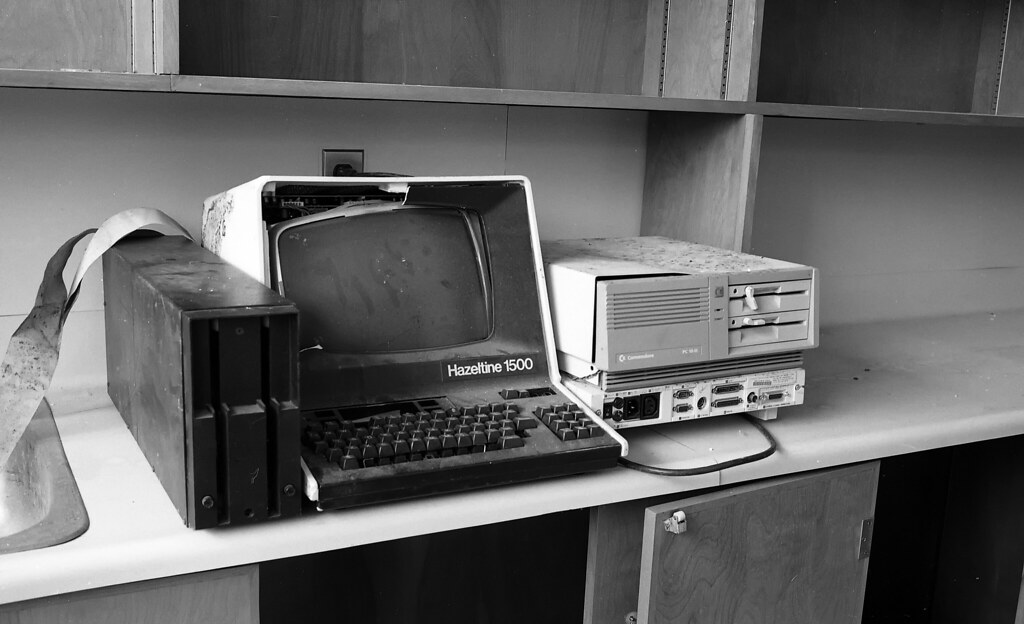

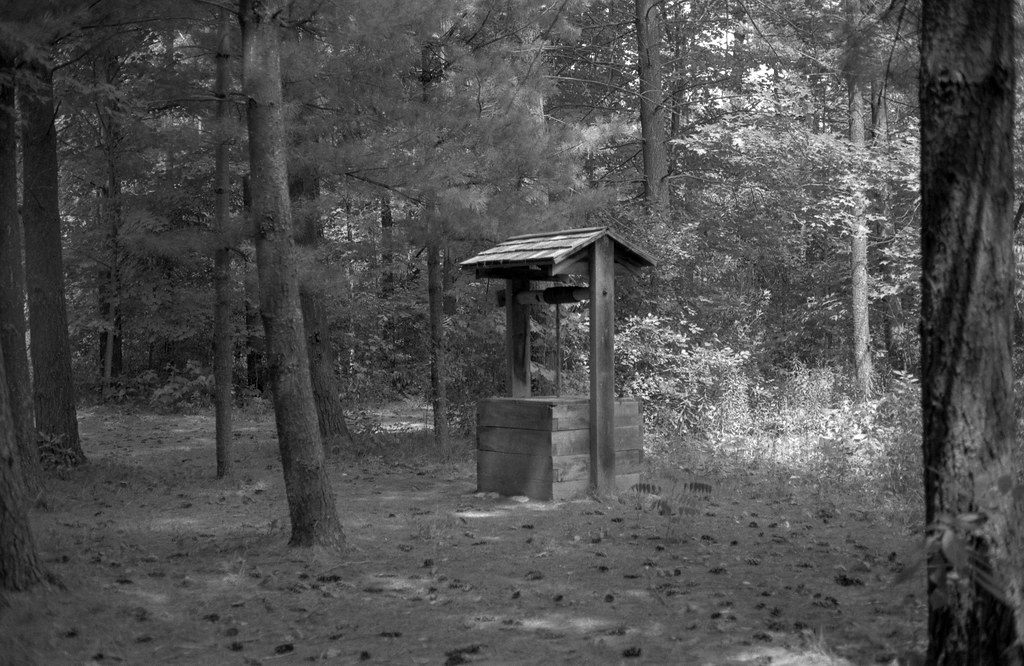


I don’t know when you wrote this…
Few years ago, I found a retailer (never opened) pack of 25 rolls of 36 Panatomic X (closed) that expired in… 1948. 🙃
Maybe I’ll keep the box unopend, or maybe I’ll try thème. 😇
‘48 might be a stretch! I would say try a roll and see if it works.
I think so. 😉
Hey Alex — Dana from FFP — interesting to find this article. I bought a Watson bulk loader — and found film in it (about 1/4-1/3 of a reel. Looked like BW, but no idea what. Mike Raso suggested that I make a short roll and shoot it with signs of different ISO settings — 6-400 at least, send it off for standard BW development and see what I get. Did that — and the best scans were at ISO 6. Just got the negatives back — Kodak Safety Film 5060 — Panatomic X! So I’ll be shooting the rest at ISO 6 — but your results are great. Really nice/smooth grain and greys. The foliage has a teeny bit of lighter grey shades and glow — like the film might have a little bit of IR sensitivity…. Cheers!
I’ve recently scanned a bunch of B&W 35mm negs I took in 1964! 1 roll was Panatomic. They are cut into sections of 4 images. One section has number 1 next to 44! Can anyone explain that?
Film that is supplied by the manufacturer as bulk roll ( 100 feet or 30 meter ) lengths, is numbered as a continuously 1 through to 44 and then it repeats, So this might indicate that the film is from a bulk roll and not from a 12/20/24/36 cassette.
You didn’t try the Panatomuc X with Microdol X, that was my ultimate pair ! And what superg
Results you will get – and prepare to be amazed.
Sadly there are only expired items available, but you can mix up the powder for Microdol X so all is not lost. Could a group of enthusiasts send Kodak an earnest request to reinstate this film ?
You didn’t try the Panatomuc X with Microdol X, that was my ultimate pair ! And what superb
results you will get – and prepare to be amazed.
Sadly there are only expired items available, but you can mix up the powder for Microdol X so all is not lost. Could a group of enthusiasts send Kodak an earnest request to reinstate this film ?
I do have a couple of rolls of Panatomic-X again so I do plan on getting another batch of LegacyPro Mic-X!
If you are looking for a very fine grain slower film
Check out ‘Rollie ‘website they have taken over the film line from Agfa and they have a 35mm B&W Film which I believe can be rated at
25 – 50 AsA I don’t see 120 film listed though
I love Rollei films, especially Rollei RPX 25.